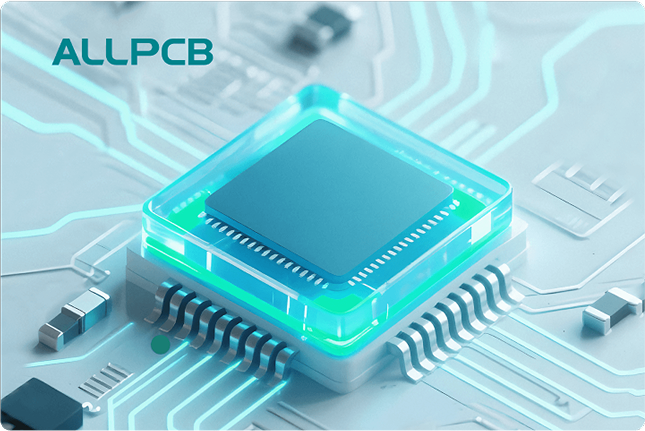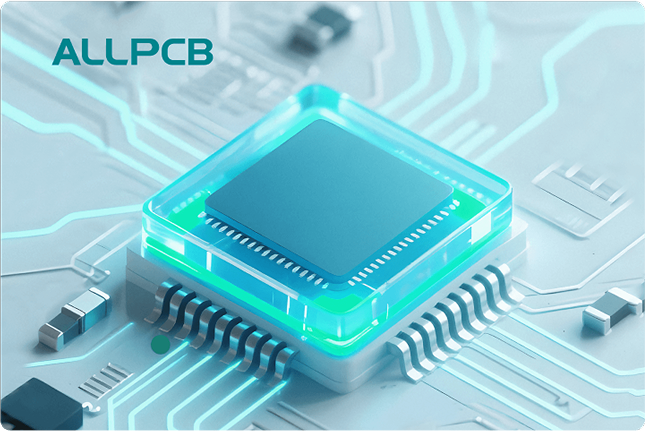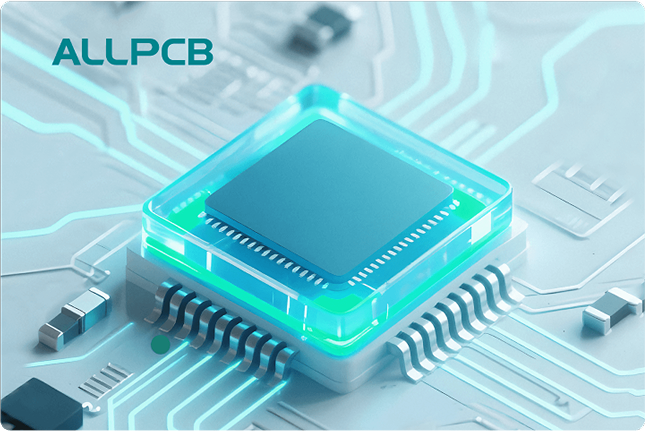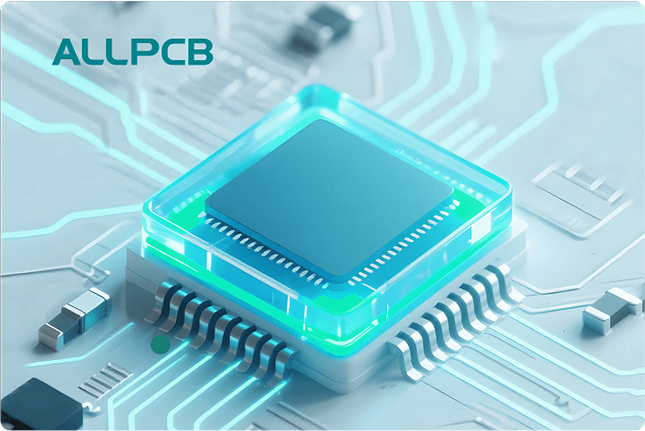Conformal coating plays a vital role in ensuring the reliability and longevity of Printed Circuit Board Assemblies (PCBAs). If you're looking to protect your electronics from harsh environments, prevent failures, and boost performance, understanding PCBA conformal coating testing, PCBA coating reliability, PCBA environmental protection, and PCBA coating failure analysis is essential. In this detailed guide, we'll explore how conformal coatings work, why they are critical for PCBAs, and the best practices to ensure optimal protection and performance.
What is Conformal Coating and Why Does It Matter for PCBAs?
Conformal coating is a thin layer of protective material applied to a PCBA to shield it from environmental hazards like moisture, dust, chemicals, and temperature extremes. This polymeric film conforms to the shape of the board and its components, creating a barrier that enhances durability and operational integrity. For industries like automotive, aerospace, and medical devices, where reliability is non-negotiable, conformal coating is often a standard step in the manufacturing process.
The primary goal of conformal coating is to improve PCBA reliability by preventing issues such as corrosion, short circuits, and dielectric breakdown. Without this protection, a board exposed to humidity or contaminants could fail prematurely, leading to costly repairs or replacements. By applying the right coating, you can significantly extend the lifespan of your electronics, even in challenging conditions.

The Importance of PCBA Environmental Protection
Environmental factors are among the leading causes of PCBA failures. Moisture can cause corrosion on metal components, while dust and dirt may lead to short circuits. Temperature fluctuations can induce thermal stress, cracking solder joints or damaging components. Chemical exposure, common in industrial settings, can degrade materials over time. This is where PCBA environmental protection through conformal coating becomes indispensable.
Conformal coatings act as a shield, preventing these elements from reaching sensitive areas of the board. For example, in humid environments with relative humidity levels above 80%, uncoated boards may develop tin whiskers or corrosion on copper traces, leading to electrical failures. A properly applied coating can reduce moisture penetration, maintaining the board's performance. In high-temperature settings, such as automotive engine compartments where temperatures can exceed 125°C, coatings with high thermal resistance prevent degradation and ensure consistent operation.
Types of Conformal Coatings for PCBAs
Not all conformal coatings are the same. Choosing the right type depends on the specific environmental challenges and application requirements of your PCBA. Below are the most common types used in the industry:
- Acrylic: Easy to apply and remove, acrylic coatings offer good moisture resistance and are often used in consumer electronics. They are suitable for environments with moderate humidity and temperatures up to 100°C.
- Silicone: Known for flexibility and high-temperature resistance (up to 200°C), silicone coatings are ideal for automotive and aerospace applications where thermal cycling is common.
- Polyurethane: These coatings provide excellent chemical and abrasion resistance, making them suitable for industrial settings with exposure to solvents or mechanical stress.
- Epoxy: Offering robust protection against moisture and chemicals, epoxy coatings are durable but harder to remove, often used in harsh environments like marine applications.
- Parylene: Applied through a vapor deposition process, Parylene provides uniform coverage and exceptional dielectric strength, perfect for medical devices requiring high reliability.
Each type has unique properties, so selecting the appropriate coating involves evaluating factors like operating temperature, exposure risks, and ease of rework. For instance, a silicone coating might be chosen for a board in a high-vibration environment due to its flexibility, preventing cracks under mechanical stress.
PCBA Conformal Coating Testing: Ensuring Quality and Reliability
Applying a conformal coating is only half the battle. To guarantee its effectiveness, rigorous PCBA conformal coating testing is necessary. Testing verifies that the coating adheres properly, provides adequate protection, and meets industry standards. Common testing methods include:
- Visual Inspection: Using UV light, inspectors check for uniform coverage and detect defects like bubbles or voids. Many coatings fluoresce under UV, making flaws easy to spot.
- Thickness Measurement: Coating thickness, typically ranging from 25 to 250 microns depending on the material, is measured using tools like micrometers or eddy current probes to ensure it meets specifications.
- Adhesion Testing: Tests like the cross-hatch method assess how well the coating sticks to the board. Poor adhesion can lead to delamination under stress.
- Environmental Stress Testing: Boards are exposed to conditions like humidity (85% RH at 85°C for 1000 hours) or thermal cycling (-40°C to 125°C) to simulate real-world challenges and evaluate coating performance.
- Dielectric Withstand Voltage Testing: This measures the coating’s ability to resist electrical breakdown, ensuring it maintains insulation properties with dielectric strength often exceeding 500V/mil.
These tests are critical for industries where failure is not an option. For example, in aerospace applications, a coating must withstand extreme temperature swings and vibration without cracking or peeling. Testing ensures that the PCBA will perform reliably over its expected lifespan.
Factors Affecting PCBA Coating Reliability
PCBA coating reliability is influenced by several factors, from the application process to the operating environment. Understanding these can help optimize the coating's performance and prevent premature failures.
- Application Method: Coatings can be applied via brushing, spraying, dipping, or selective robotic coating. Inconsistent application, such as uneven thickness or missed areas, can compromise protection. Automated selective coating systems often achieve better uniformity, with thickness variations of less than ±10%.
- Surface Preparation: Before coating, the PCBA must be thoroughly cleaned to remove flux residues, oils, and contaminants. Even trace amounts of residue can cause adhesion issues, leading to delamination. Cleaning with isopropyl alcohol or specialized solvents is a standard practice.
- Curing Process: Improper curing, whether by heat, UV light, or ambient conditions, can result in incomplete polymerization, reducing the coating’s protective properties. For instance, under-cured acrylic coatings may remain tacky, attracting dust and debris.
- Environmental Exposure: Continuous exposure to extreme conditions, such as salt spray in marine environments or UV radiation in outdoor applications, can degrade coatings over time, affecting long-term reliability.
By addressing these factors, manufacturers can enhance PCBA coating reliability, ensuring consistent performance even under demanding conditions.

PCBA Coating Failure Analysis: Identifying and Preventing Issues
Despite best efforts, conformal coatings can sometimes fail, leading to PCBA malfunctions. PCBA coating failure analysis helps identify the root causes of these failures and implement corrective measures. Common failure modes include:
- Cracking: Often caused by thermal expansion mismatches or mechanical stress, cracking exposes the board to environmental hazards. For example, a rigid epoxy coating may crack under vibration if not suited for the application.
- Delamination: Poor adhesion or contamination during application can cause the coating to peel away, leaving areas unprotected. This is common when surface cleaning is inadequate.
- Bubble Formation: Trapped air or moisture during application can create bubbles, weakening the coating. This often occurs with manual application methods.
- Chemical Degradation: Exposure to aggressive chemicals can break down the coating material, reducing its protective capabilities. Polyurethane coatings, while resistant, may still degrade under prolonged solvent exposure.
Failure analysis typically involves microscopic examination, chemical testing, and environmental simulation to pinpoint the issue. For instance, scanning electron microscopy (SEM) can reveal micro-cracks or voids in the coating, while energy-dispersive X-ray spectroscopy (EDS) identifies chemical contaminants. Once the cause is determined, adjustments can be made to the coating type, application process, or surface preparation to prevent recurrence.
Best Practices for Applying Conformal Coating to PCBAs
To maximize protection and performance, follow these best practices when applying conformal coating to PCBAs:
- Thorough Cleaning: Remove all contaminants from the board using appropriate solvents or cleaning agents to ensure strong adhesion.
- Masking Sensitive Areas: Use masking materials to protect connectors, switches, or other components that must remain uncoated for functionality.
- Controlled Application: Use automated systems for consistent coating thickness and coverage, minimizing human error.
- Proper Curing: Follow manufacturer guidelines for curing time and conditions to achieve full polymerization and optimal properties.
- Quality Testing: Conduct post-application testing to verify coating integrity, adhesion, and thickness before deploying the PCBA.
By adhering to these practices, you can achieve a uniform, durable coating that enhances PCBA reliability across various applications.
Benefits of Conformal Coating for PCBA Longevity and Performance
The advantages of conformal coating extend beyond basic protection. Here are some key benefits that directly impact PCBA longevity and performance:
- Increased Lifespan: By shielding against environmental damage, coatings can extend the operational life of a PCBA by 50% or more in harsh conditions.
- Improved Dielectric Strength: Coatings enhance insulation, preventing electrical arcing and short circuits, with dielectric strengths often exceeding 1000V/mil for materials like Parylene.
- Reduced Maintenance Costs: Protected PCBAs are less likely to fail, reducing downtime and repair expenses over the product’s lifecycle.
- Enhanced Performance in Harsh Environments: Coatings enable reliable operation in extreme conditions, from sub-zero temperatures to high-humidity tropical climates.
These benefits make conformal coating a cost-effective solution for ensuring consistent performance, especially in critical applications where failure could have severe consequences.
Conclusion: Boosting PCBA Reliability with Conformal Coating
Conformal coating is a proven method for enhancing PCBA reliability, offering robust protection against environmental hazards and extending the lifespan of electronic assemblies. By focusing on PCBA conformal coating testing, ensuring PCBA coating reliability, prioritizing PCBA environmental protection, and conducting thorough PCBA coating failure analysis, manufacturers can deliver high-performing, durable products that meet the demands of any application.
Whether you're in automotive, aerospace, medical, or consumer electronics, investing in the right conformal coating process can make all the difference. From selecting the appropriate material to following best practices for application and testing, every step contributes to the overall performance and reliability of your PCBAs. With the insights provided in this guide, you’re equipped to make informed decisions that safeguard your electronics and optimize their functionality for years to come.

 ALLPCB
ALLPCB







